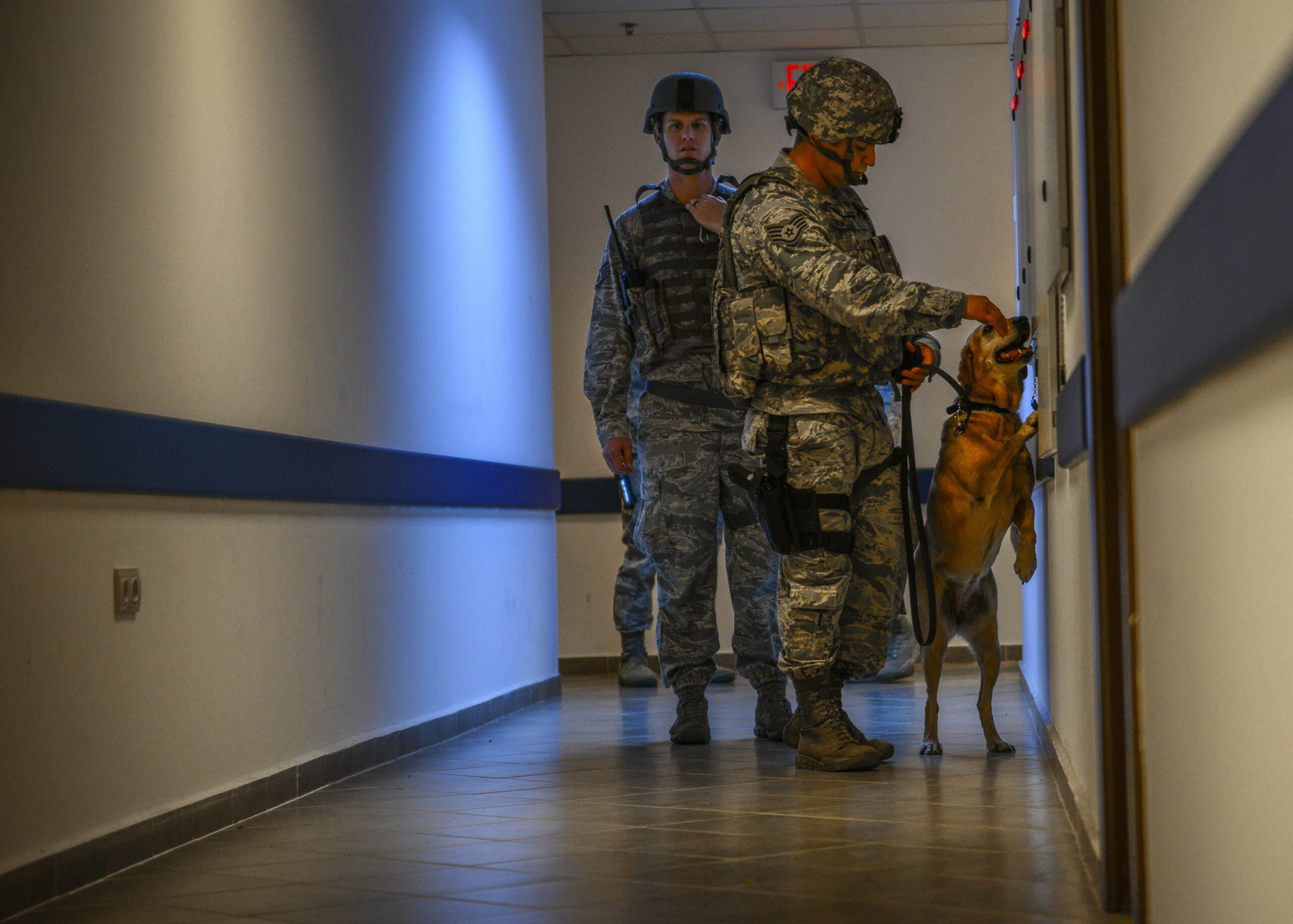
A Lockdown is Not the Same as Sheltering in Place — and the Difference Matters During a Public Safety Threat
Very often when you hear of a public safety threat like the one this week on Capitol Hill, the terms “lockdown” and “shelter in place” are used interchangeably in media reports or other announcements.
At one point during the live coverage, a television network had both terms on the screen at the same time.
However, the terms have very different meanings when it comes to a public safety response, based on the nature of the threat. Using them incorrectly can unintentionally send a very different message to family and friends waiting word after a natural disaster or mass shooting.
If the threat is not from a human – think a tornado or a large chemical spill – then people in harm’s way are told to “shelter in place.” That means find safety within the structure to minimize exposure to the external problem.
If the threat has a human component, and is potentially violent, authorities will issue a “lockdown,” meaning those in harm’s way need to look for cover and concealment.
We need to find a way to make these terms part of our common language. While the media are often the main culprit when it comes to incorrectly using these terms, you also see the organizations that are affected also using the wrong terms.
It isn’t just a matter of semantics. The two terms mean very different things to responding law enforcement and how they want people to seek safety.
Also, consider this: If you are a parent and you hear your school is under a lockdown when in fact those inside are sheltering in place because of a storm, your expectations – and panic – are likely at a different level. Or vice versa.
For these reasons, we are very clear about the differences when training organizations, so they correctly describe and carry out a threat response.
We take our training further and delineate in our plans four primary protocols:
- Lockout: You see this in such situations as an armed robber on the loose in the area near your building, and you need to secure the perimeter. You lock out exterior entries since the situation has not yet reached you.
- Lockdown: The threat is imminent or inside the building, and you need to focus on cover and concealment.
- Shelter-in-place: Again, this is for a non-human threat, such as issuance of a tornado warning and you need to find a safe interior area.
- Evacuation: There is a fire or bomb threat and occupants must vacate the building.
Keeping the right responses to certain situations in mind, and describing them correctly, are key parts of dealing with a safety threat. For the most efficient safety response, it would be a great help for people – especially those who disseminate the information about threats – to ensure they are using correct and standardized language on efforts to stay out of harm’s way.
